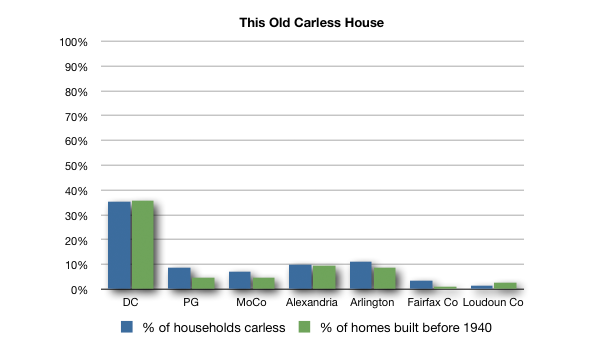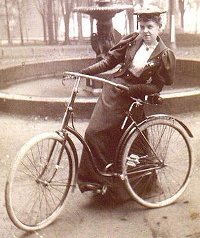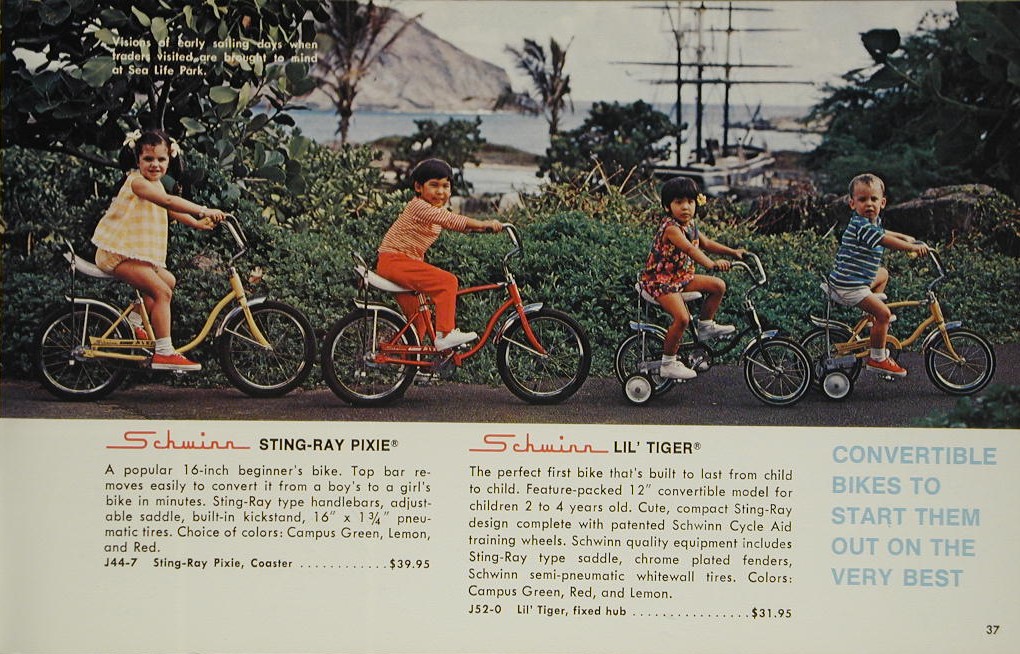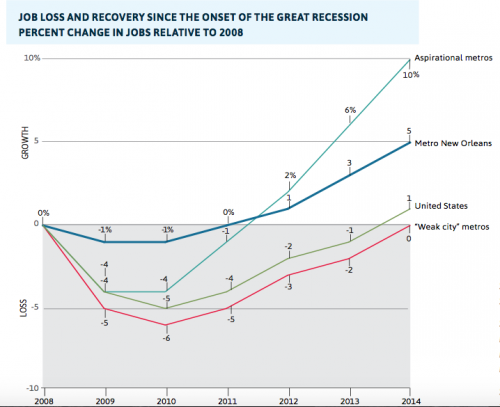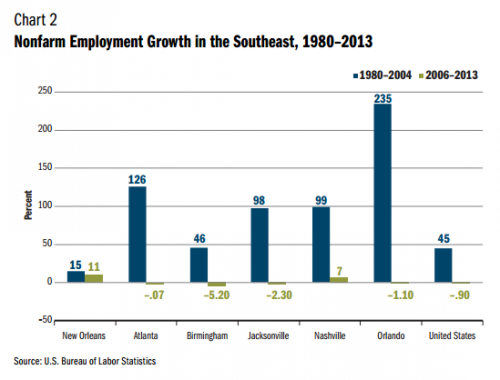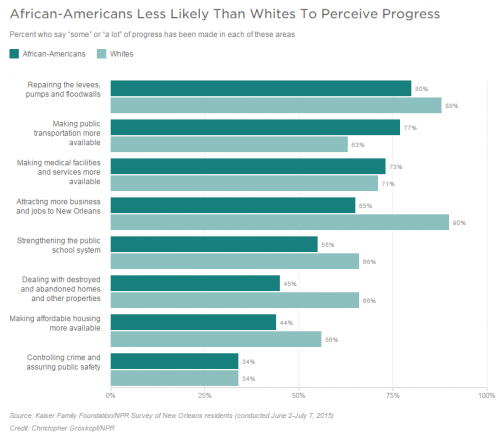This weekend I was at the annual conference for the Society for the Scientific Study of Religion, where they held a memorial for sociologist Peter Berger. I thought of Berger and Luckmann’s classic The Social Construction of Reality in the airport on the way home. Whenever people say ritual is dying out, or socially constructed things “aren’t real,” I think of airport lines.

There are always two lines, but rarely any separation other than a sign like this. If you’re lucky, you can catch the gate agent making a big show of opening the “general boarding” lane, but everyone ends up at the same scanner right past the sign (usually only a minute or two after the “elite” passengers). From Berger and Luckmann (the Anchor Books paperback edition):
The developing human being not only interrelates with a particular natural environment, but with a specific cultural and social order which is mediated to him by the significant others who have charge of him (p. 48).
The symbolic universe orders and thereby legitimates everyday roles, priorities, and operating procedures…even the most trivial transactions of everyday life may come to be imbued with profound significance (p. 99).
Evan Stewart is an assistant professor of sociology at University of Massachusetts Boston. You can follow his work at his website, or on BlueSky.

